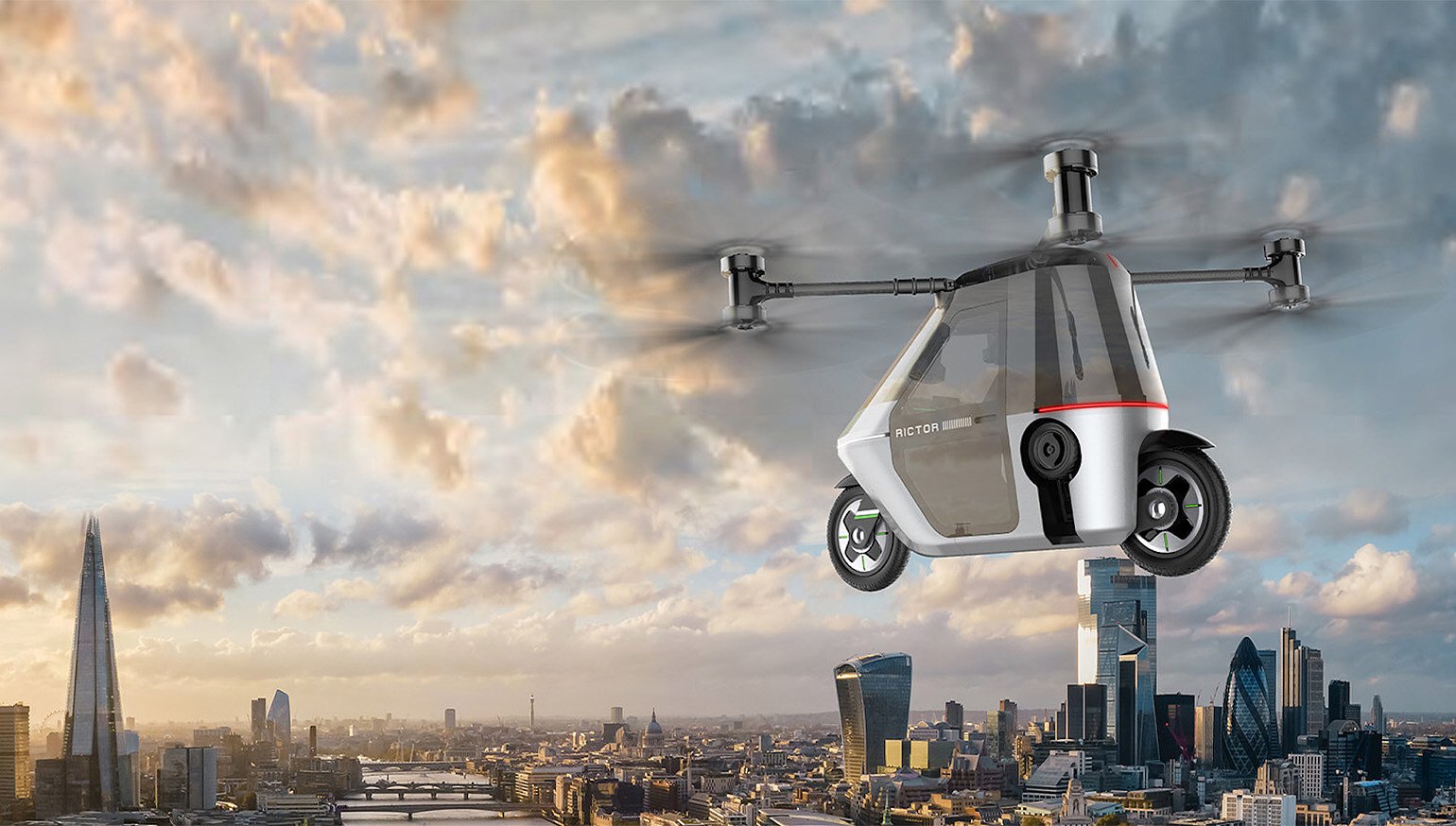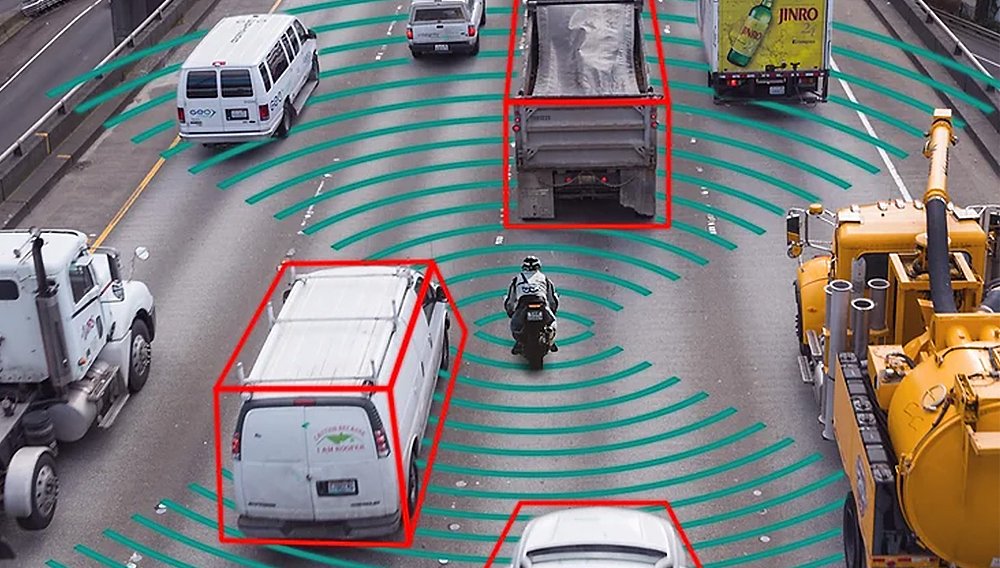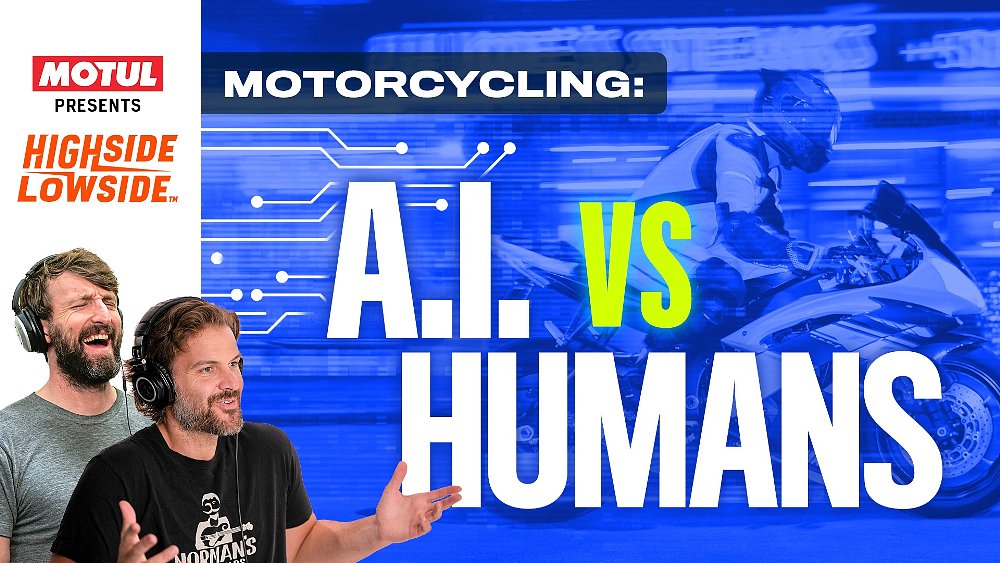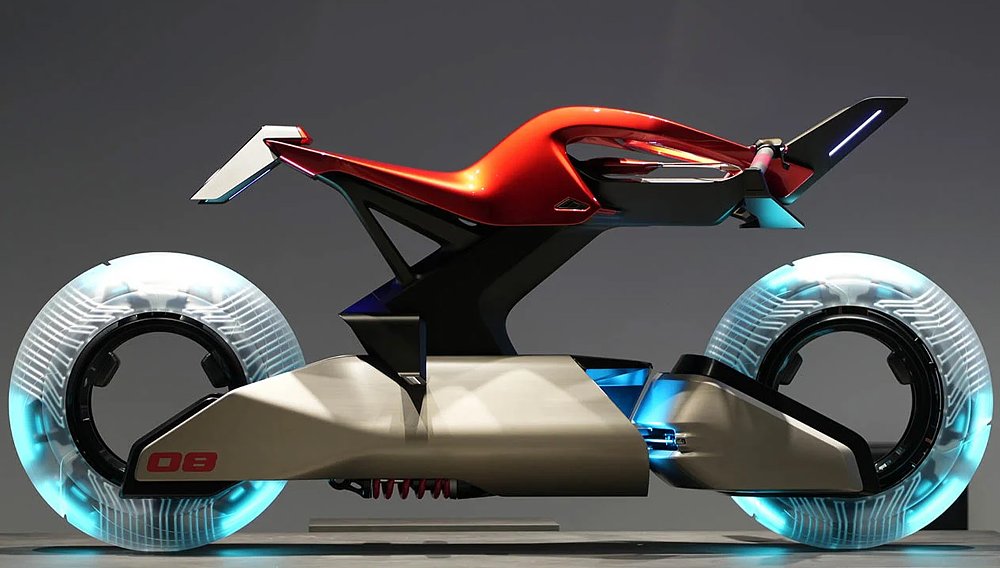The motorcycles presented at the Consumer Electronics Show (CES) often range from innovative to unconventional to downright far-fetched. This year is no exception. If anything, they’re more ambitious than ever.
Last year, A.I. ruled the roost. In 2025, motorcycles are ready to take flight — in more ways than one.
Cleared for takeoff?
Most bikes on the CES floor are grandiose visions of motorcycling’s future. Rictor’s Skyrider X1 might be the most pie-in-the-sky idea among them. Marketed as an “amphibious personal aircraft,” it features fore and aft wheels along with a set of side-mounted stabilizing wheels that ensure the vehicle doesn’t tip over when rolling to and away from a stop. That’s just one of the Skyrider’s party tricks.
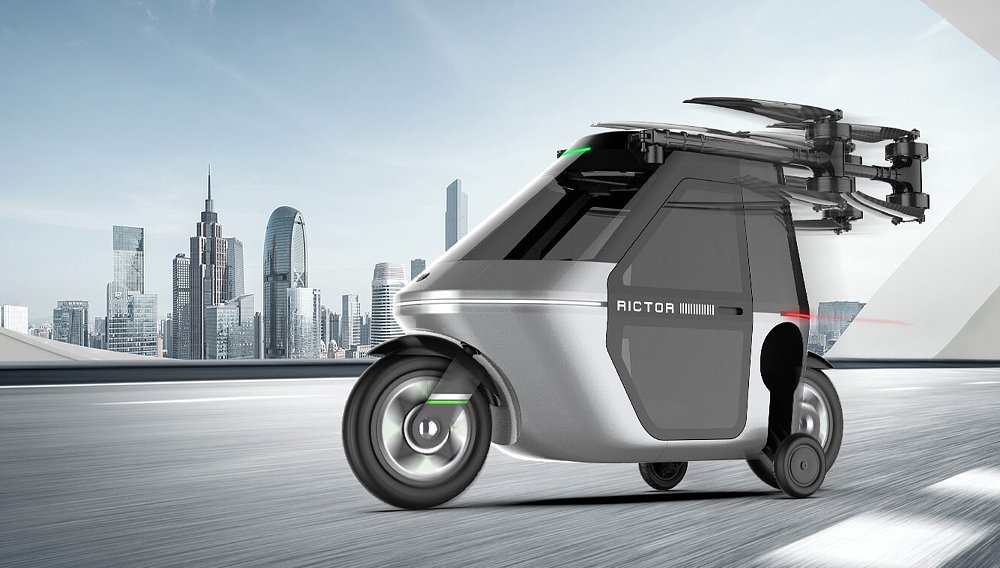
When it’s time for takeoff, the X1’s four propeller arms (two propellers each) unfold. Its stabilizing wheels only retract once the eVTOL (electric vertical take-off and landing) lifts off. Users can take advantage of the Skyrider’s automated liftoff, takeoff, and route-planning features or take full control with the joystick controls and digital panel.
On land, the enclosed moto reportedly reaches a top speed of 43 mph. The SL variant’s 10.5 kWh battery yields a claimed 62-mile range, while Rictor lists a 111-mile range for the 21-kWh SX trim. In flight, the former offers 25 minutes of flight time. The latter bumps that duration to 40 minutes. Both the SL and SX share a maximum flying speed of 62 mph.
The California company targets a 2026 release for the Skyrider and pricing will start at $60,000. If you ask me, that sounds like an overly optimistic estimate, especially given the history of other flying motorcycles and eVTOLs. The Dubai Police’s hover-bike is but one example. Lest we forget the $680,000 monstrosity from ALI Technologies. Even Suzuki got in on the trend, and it still has nothing to show for it.
Rictor also fails to state whether the Skyrider X1 qualifies as an ultralight aircraft. Considering its 62-mph/55-knot max flight speed, it seems like the startup has its sights set on that category. However, the X1 must weigh less than 254 pounds to obtain that status. A figure that Rictor doesn't relay. If it doesn't meet that requirement, Skyrider customers may need to hold a pilot’s license to operate the vehicle.
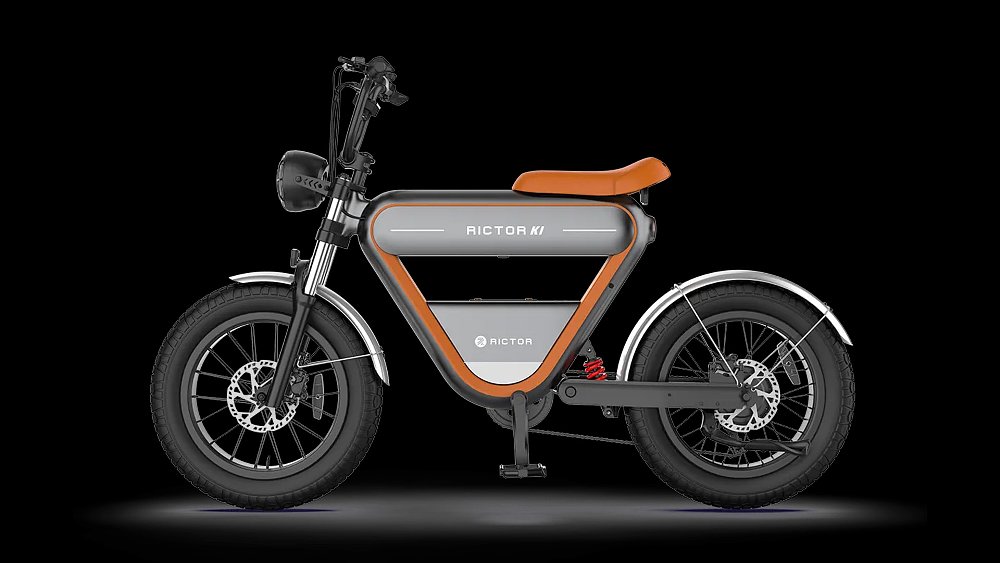
Soaring over sand dunes
In recent years, Segway has made major headway in the e-scooter space. The Chinese firm's CES presence shows that it has similar aims in the electric bicycle segment. It also has its sights set on entering the electric motorcycle market, but it’s taking a more measured approach with its X1000 project.
The electric rally bike wasn’t just showcased at CES. Segway also entered a fleet of X1000s in the Dakar Rally’s Mission 1000 class, which functions less as a competition and more as a performance test for hydrogen-, electric-, and hybrid-powered vehicles. Based on the prototype’s specs, it might just stand a chance in the harsh Saudi Arabian desert.

At the heart of the X1000 is a water-cooled 14.5 kWh battery. It also touts a 50-watt motor, three ride modes (eco, standard, and sport), and a 87-mph top speed. There’s just one major drawback: It weighs nearly 530 pounds. The large battery and motor also necessitate dual rear shocks instead of the monoshock unit found on modern rally machines.
At the same time, Segway will use its race data to further develop the X1000. That’s why the brand plans to continue its Mission 1000 campaign in years to come and doesn’t anticipate releasing a production model any time soon. The same can’t be said for other CES attendees.
Initial descent
Royal Enfield introduced its electric offshoot, Flying Flea, at EICMA 2024. The sub-brand also showed off its C6 e-cruiser at CES 2025. Unfortunately, Flying Flea still hasn’t disclosed the vehicle's range, recharge times, or output. Instead, it turns its attention to its collaboration with tech giant Qualcomm.
Both the C6 and scrambler-styled S6 will feature the firm’s Snapdragon QWM2290 system-on-chip (SoC). Designed specifically for motorcycles, the processor will power Flying Flea's operating systems. It also works in concert with Snapdragon Car-to-Cloud, which maintains a connection between the bike and rider (both on and off the motorcycle).
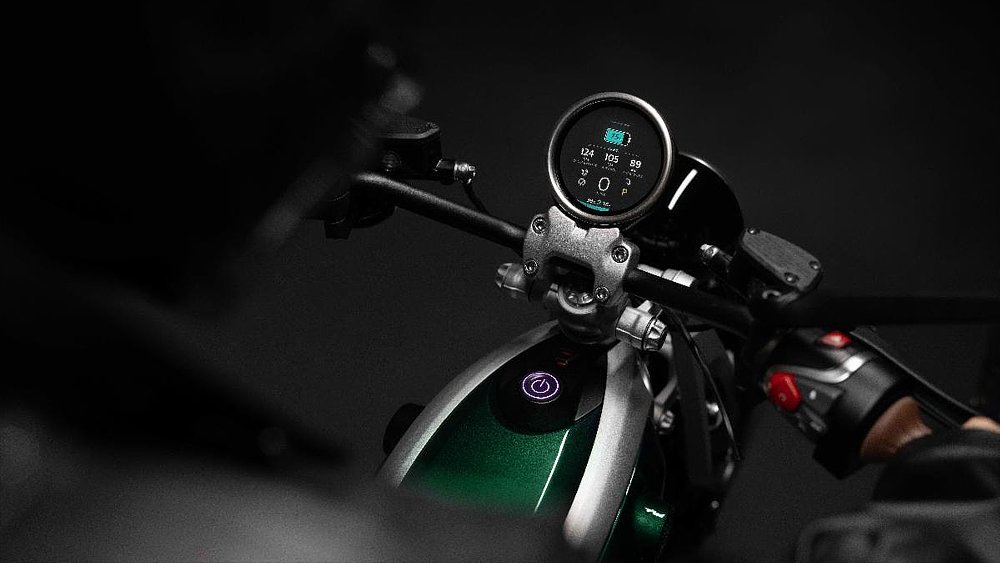
Flying Flea isn’t the only brand gearing up for a launch, either. Finnish startup Verge has become a mainstay at CES. Common Tread has covered the company’s TS Ultra model since CES 2023. And yet, the electric roadster still hasn’t touched down in the States. Verge claims that will all change in summer 2025.
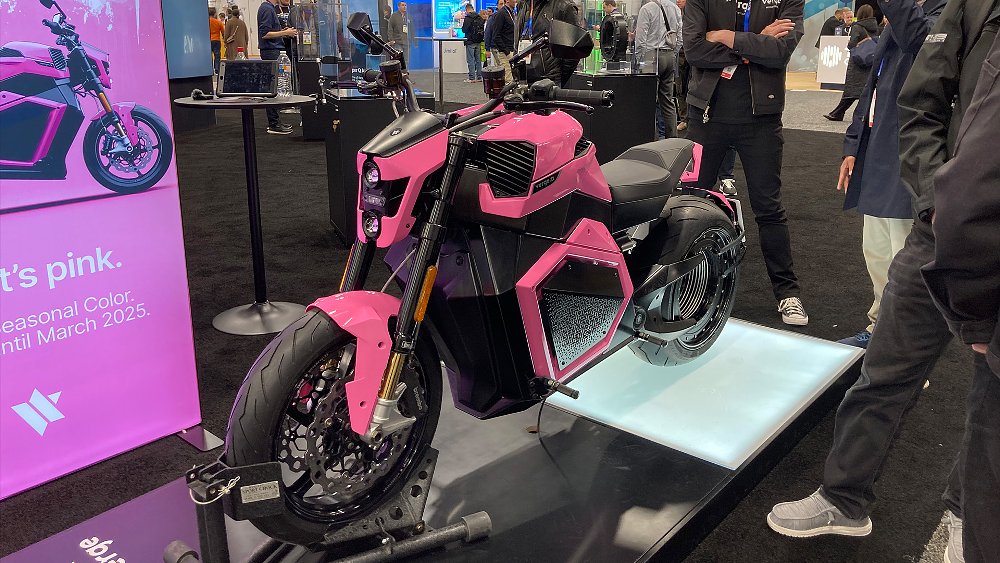
Yes, motorcycles presented at CES range from innovative to unconventional. But all too often, they’re much too far-fetched for mass consumption. Even so, it’s hard to deny the ambition of EV startups. Whether or not that ambition leads to production motorcycles is the bigger question.




